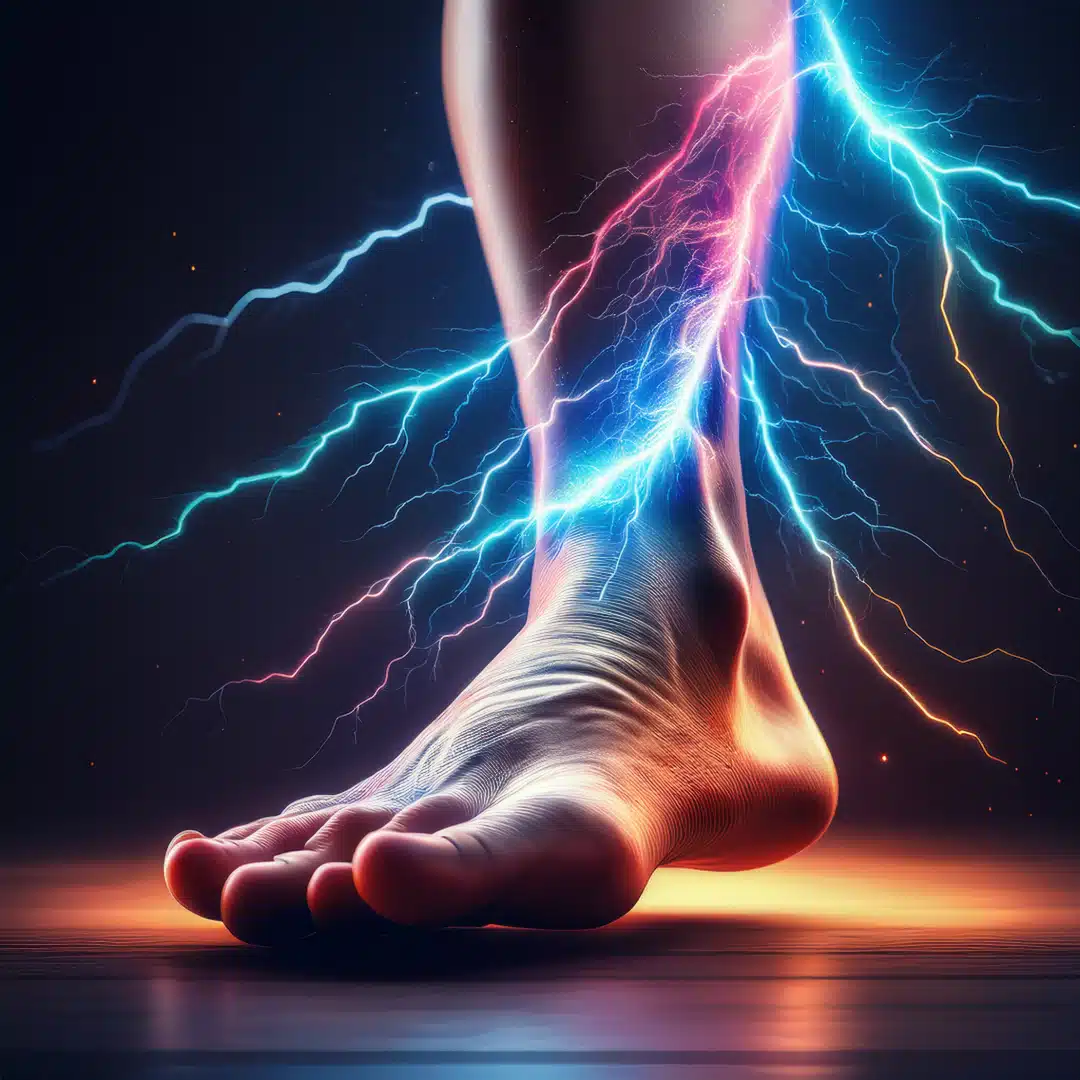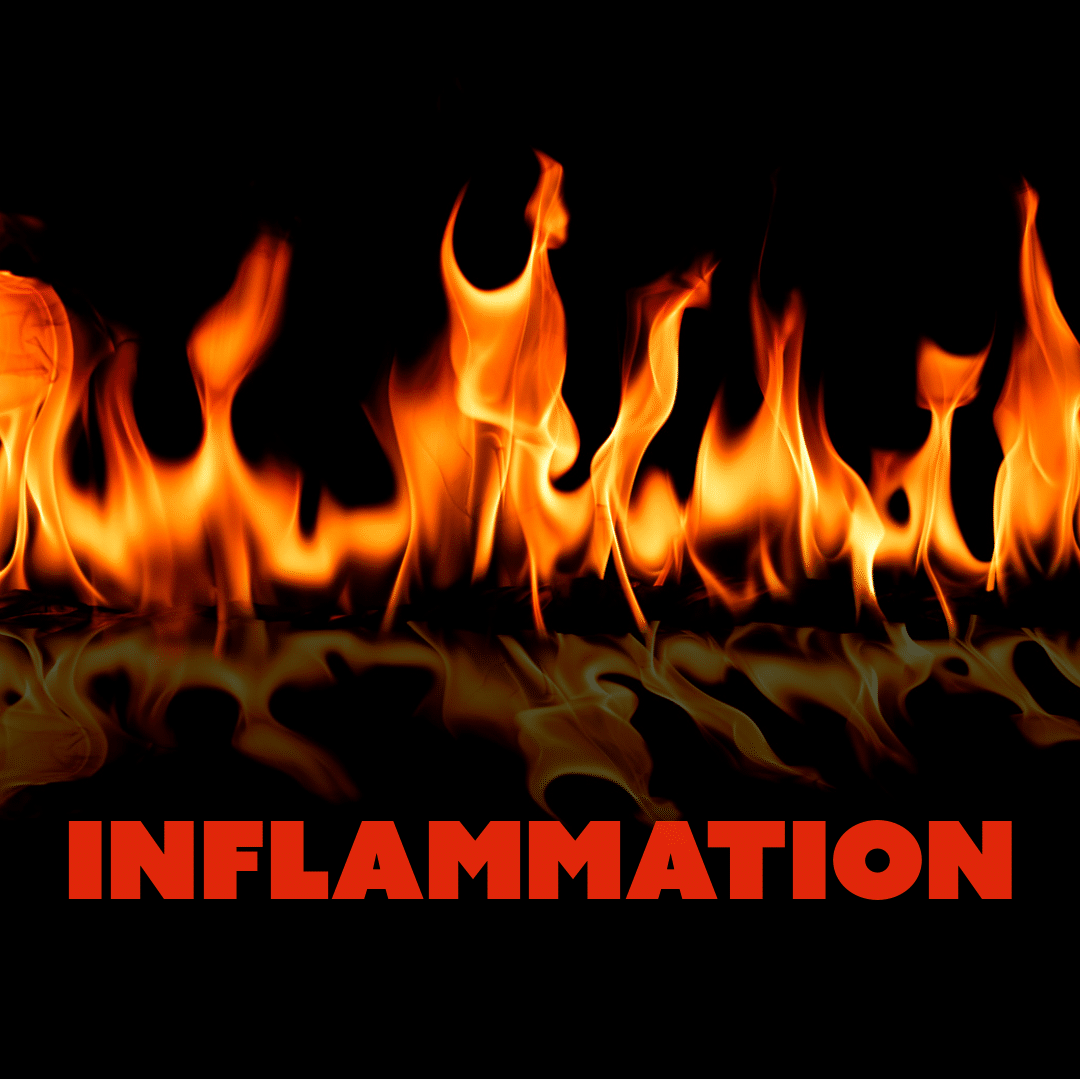


Steven “Doc” Blackstone is a highly skilled practitioner of Traditional Chinese Medicine with over 35 years of practical experience. Needle free methods exclusive to Japanese Toyohari style acupuncture highlight his practice.
People all over the world seek his expertise. In 2020 he was invited to teach tuina at the prestigious Shou Zhong school in Berlin, Germany.
Doc is endeared for his bedside manner and renowned for consistently providing highly desired services including accurate assessments and treatment of traumatic injuries, pediatric ailments, diseases of unknown origin, and chronic pain.
For more information about Doc Blackstone and his TCM practice visit:



Call now it'll be the best health care decision you ever made.